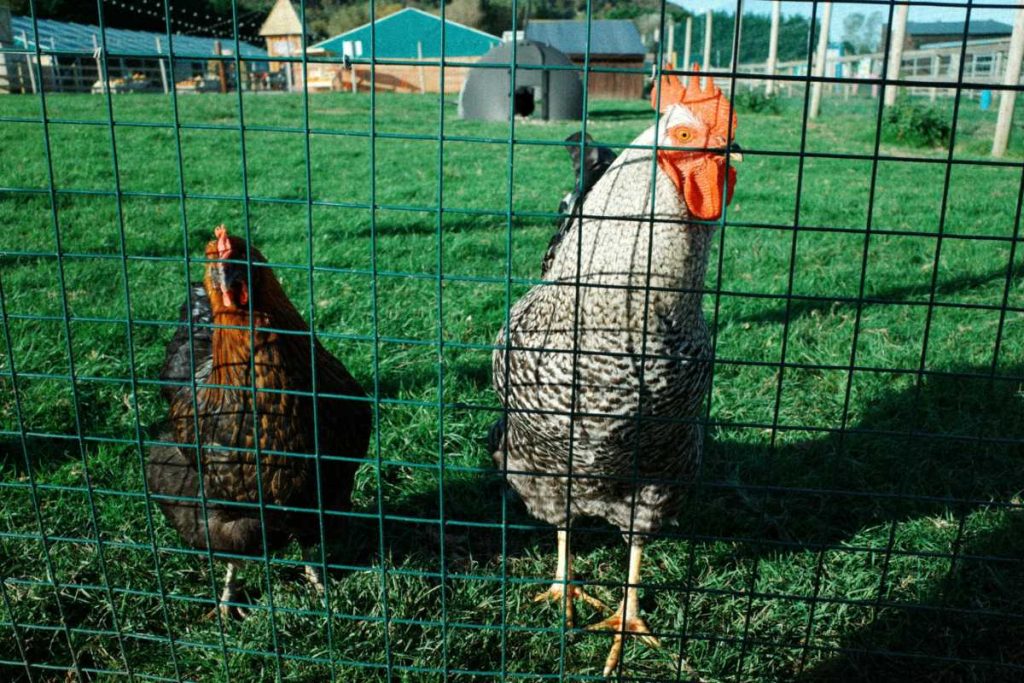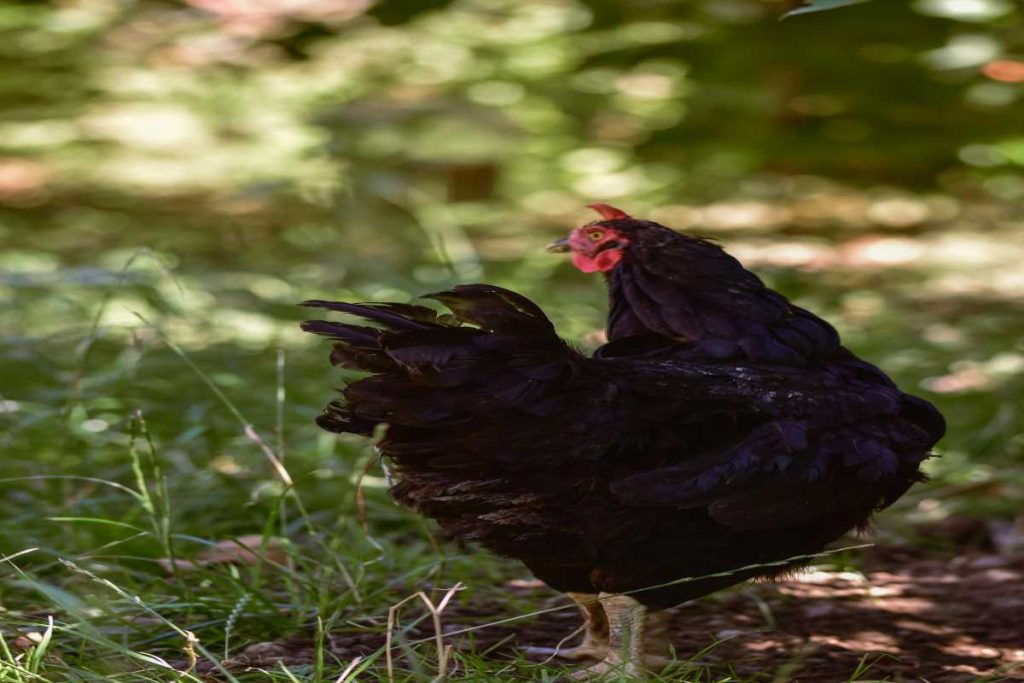Backyard chicken keeping has surged in popularity, with more people looking to enjoy fresh eggs and connect with their food sources. However, before diving into the delightful world of raising chickens, it’s crucial to understand the zoning laws that govern this practice. These regulations can significantly impact where and how you can keep chickens in your area. This guide will help you navigate the complex landscape of zoning laws for chicken keeping in 2024.

What Are Zoning Laws?
Zoning laws are local regulations that dictate how land can be used in specific areas. They are designed to promote orderly development, protect property values, and ensure public safety. These laws govern various aspects of land use, including residential, commercial, and agricultural activities. For chicken keepers, zoning laws determine whether you can legally raise chickens on your property and under what conditions.
Why Zoning Laws Matter for Chicken Keeping
Understanding zoning laws is essential for several reasons:
- Legal Compliance: Failing to adhere to local regulations can lead to fines, eviction notices, or even the removal of your chickens.
- Community Relations: Knowing and respecting local laws fosters goodwill with neighbors and local authorities, reducing the likelihood of complaints.
- Planning for Success: Understanding regulations can help you design your coop and plan your flock in a way that aligns with local rules.
Common Zoning Regulations for Chickens
Zoning regulations for keeping chickens can vary widely by location, but here are some common aspects to consider:
1. Number of Chickens Allowed
Many municipalities impose limits on the number of chickens you can keep. Common restrictions include:
- Urban Areas: Often limited to a few hens (e.g., 3-6 hens) with a prohibition on roosters due to noise concerns.
- Rural Areas: Generally more permissive, allowing larger flocks, sometimes with no specific limits.
2. Coop Size and Placement
Zoning laws often specify the minimum size and construction standards for chicken coops. Important factors include:
- Size Requirements: Some areas may have minimum square footage per bird (e.g., 4 square feet per hen).
- Design Standards: Regulations may require coops to be well-ventilated, secure from predators, and built with specific materials.
3. Setbacks from Property Lines
Setback requirements dictate how far your coop must be from your property lines, which helps reduce noise and odor complaints. Typical setbacks may include:
- Residential Properties: Usually require coops to be at least 10-20 feet from the nearest property line.
- Public Spaces: Additional distance may be required from schools, parks, or other public properties.
4. Permit Requirements
In some areas, you may need to obtain a permit before starting your chicken-keeping venture. This can involve:
- Application Process: Filling out forms and paying fees to your local zoning office.
- Inspections: Some municipalities require inspections to ensure compliance with regulations.

Variations in Zoning Laws by Location
Zoning laws can differ dramatically between urban and rural areas.
- Urban Areas: Cities often have stricter regulations, focusing on noise control, waste management, and maintaining neighborhood aesthetics. It’s common for urban areas to ban roosters and impose strict limits on flock sizes.
- Rural Areas: Typically, rural zoning laws are more lenient, allowing larger flocks and more flexibility in coop design. However, even rural residents should check local regulations to avoid issues.
Example Comparisons
- Los Angeles, CA: Allows up to 3 hens with no roosters in single-family homes. A permit is required, and coops must be at least 10 feet from property lines.
- Austin, TX: Permits up to 10 chickens in residential areas with no roosters. There are also specific guidelines for coop size and construction.
How to Research Local Zoning Laws
Here are steps you can take to understand the zoning laws in your area:
- Check Local Government Websites: Most city or county websites provide zoning ordinances and guidelines. Look for sections dedicated to animal control or agricultural practices.
- Contact Local Zoning Offices: If the information isn’t clear, reach out directly to your local zoning or planning office. They can provide specific information about keeping chickens in your area.
- Engage with Local Chicken Groups: Join local or online communities of chicken enthusiasts. They can provide insights, share experiences, and help you navigate local regulations.

Navigating Changes in Zoning Laws
Zoning laws can change, so it’s essential to stay informed. Here are a few tips:
- Subscribe to Local Newsletters: Many municipalities have newsletters or mailing lists that inform residents about changes in regulations.
- Attend Community Meetings: Local government meetings often address zoning issues. Attending these can provide insight into potential changes and allow you to voice your opinions.
- Advocate for Change: If you believe zoning laws are too restrictive, consider advocating for more permissive regulations. Connect with other chicken keepers and work together to propose changes to local officials.
Conclusion
Understanding zoning laws is a vital step for anyone considering keeping chickens in 2024. By familiarizing yourself with local regulations, you can avoid legal pitfalls, foster positive relationships with neighbors, and create a successful and enjoyable chicken-keeping experience. With the right knowledge and planning, you can embrace the joy of raising chickens while complying with your community’s rules.
Resources
- American Livestock Breeds Conservancy: Provides resources for chicken keepers.



